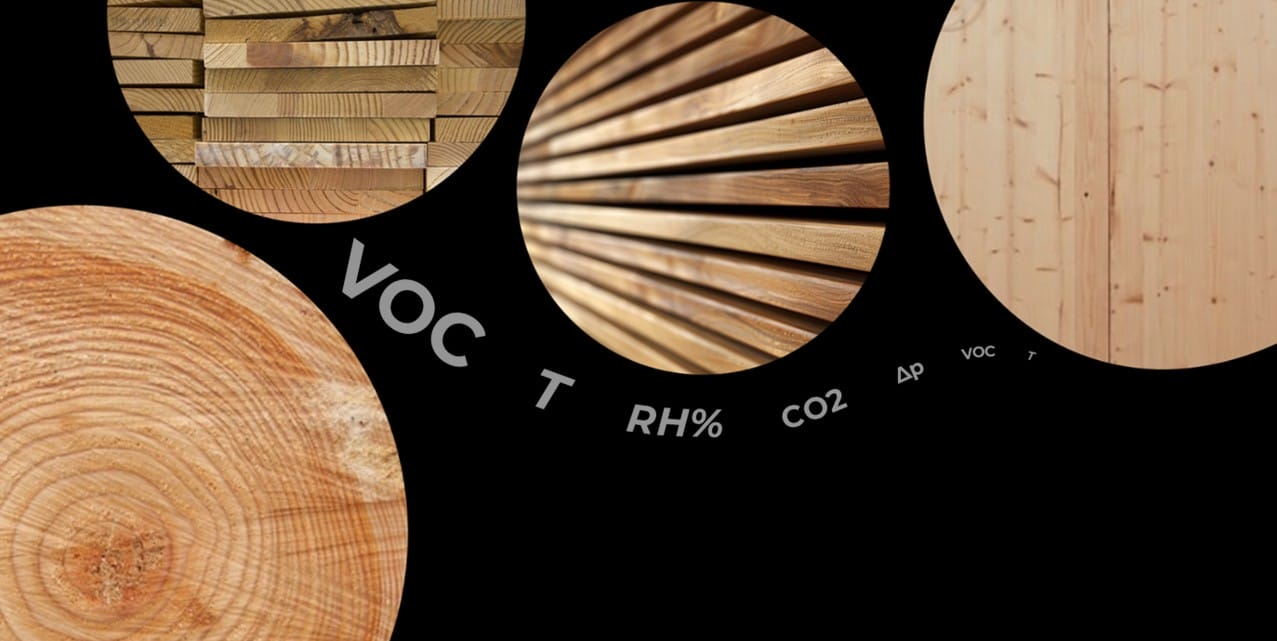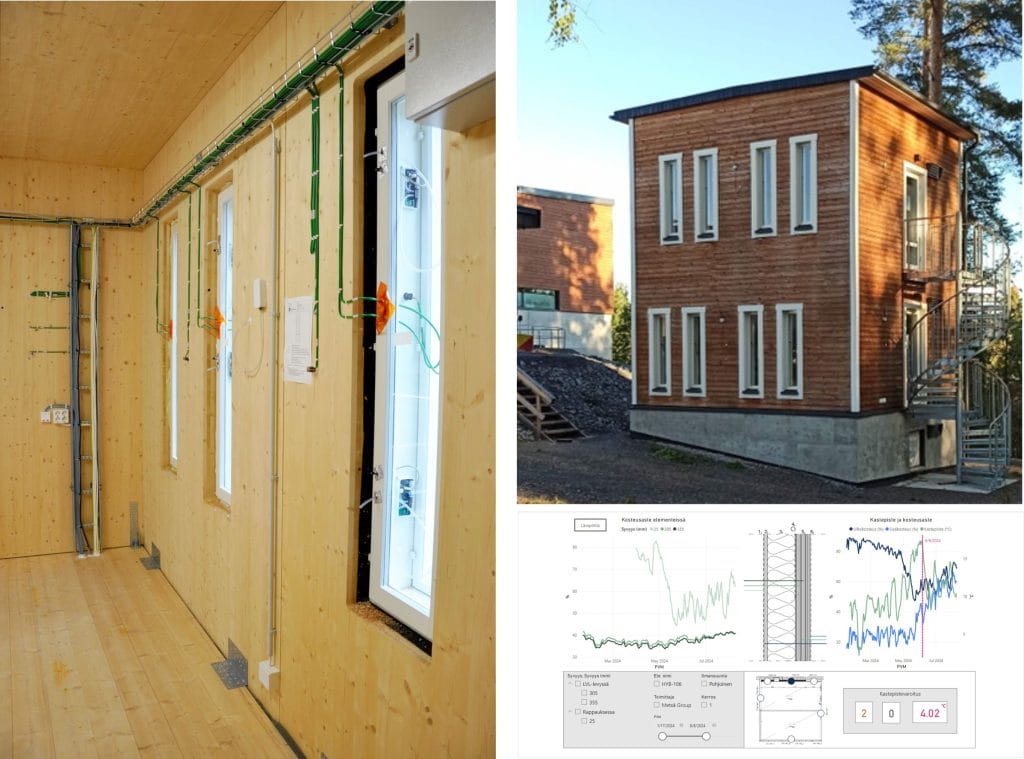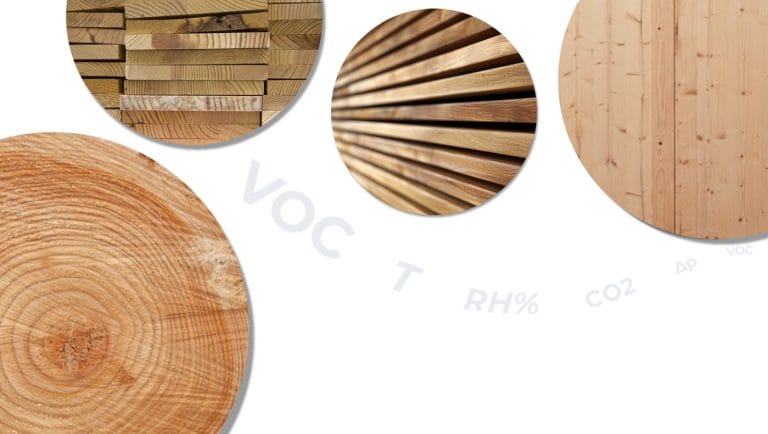


PUUMO investment
Monitoring the Building Physics Performance and Emissions of Timber Structures
The PUUMO investment project develops measurement conditions for the study of structural physical changes in field and test houses and wood materials at the Xamk Fiber Laboratory and the Industrial Wood Construction Innovation Hub. In addition, the Xamk test house environment is being modified to meet the project’s goals.
The study of wood materials and structures aims to promote a sustainable building culture
The ecological renewability, lightweight characteristics, rapid construction, excellent insulation properties, and recyclability of wood make it an attractive building material.
Timber structures function as carbon sinks, sequestering carbon throughout their life cycle, contributing to the reduction of carbon dioxide emissions. Globally, many countries set goals to reduce the environmental impact of the construction industry, for which wood construction provides a sustainable solution. Increasing wood construction is considered one method for the promotion of Finland’s aim to achieve carbon neutrality by 2035.
Despite the advantages of wood construction, potential challenges regarding indoor air quality should be acknowledged. Emissions of organic compounds from new wood materials significantly impact indoor air quality during construction and for some time afterward.
Wood material reaction to humidity changes affects indoor moisture balance and organic compound emissions. For instance, aldehyde and terpene concentrations rise with increasing relative humidity in wood structures, and extensive rise of moisture in wood constructions may lead to mold growth.
Buildings substantially impact energy consumption, with building energy use comprising about 40% of Finland’s energy consumption. Airtightness in a building’s envelope is crucial for enhancing energy efficiency, preventing uncontrolled air leakage, and shielding structures from moisture damage.
Mass timber and hybrid structures in large-scale construction are relatively new, and their design solutions for connections and joints are still in development. Junctions of building components often present weak points in a building’s airtightness, creating complex discontinuities in airtight and vapor barrier layers. Local moisture convection through the building envelope can cause severe moisture damage and affect indoor air quality. Airtightness, studied through laboratory experiments and models, necessitates field studies with real tolerances and materials to understand various factors’ impact.
This project uses the test houses of Xamk as a testing platform including the test house build in “PUUTIKO” – project which enables comprehensive research on moisture conditions, ventilation, structural changes, airtightness, material emissions, and indoor air quality. The study involves collaboration with the South-Eastern Finland University of Applied Sciences and the research group for indoor environment and occupational hygiene at the University of Eastern Finland. In PUUMO-investment project the qualitative field test and research facilities will be developed in Xamk FiberLaboratory and Industrial Wood Building innovation hub.
Research equipment for the project includes a thermal camera, a digital camera for crack monitoring, a kit for testing room airtightness as well as sensors for structural and interior surface monitoring. The additional ‘Aalto’ test houses will also be modified with new materials and incorporated into the data collection pipeline.

Procurement
The research and analysis equipment to be procured will be used by researchers in the parallel PUUMO development project. The equipment will significantly complement the opportunities for research and business cooperation in the field of wood construction and materials research.
Major equipment investments:
- Thermal camera for measuring heat leaks in buildings
- Air tightness measurement equipment for buildings
- Camera system for monitoring cracks and gaps
Find more interesting stories about our work

Industrial Wood Construction and Technical Testing Laboratory





